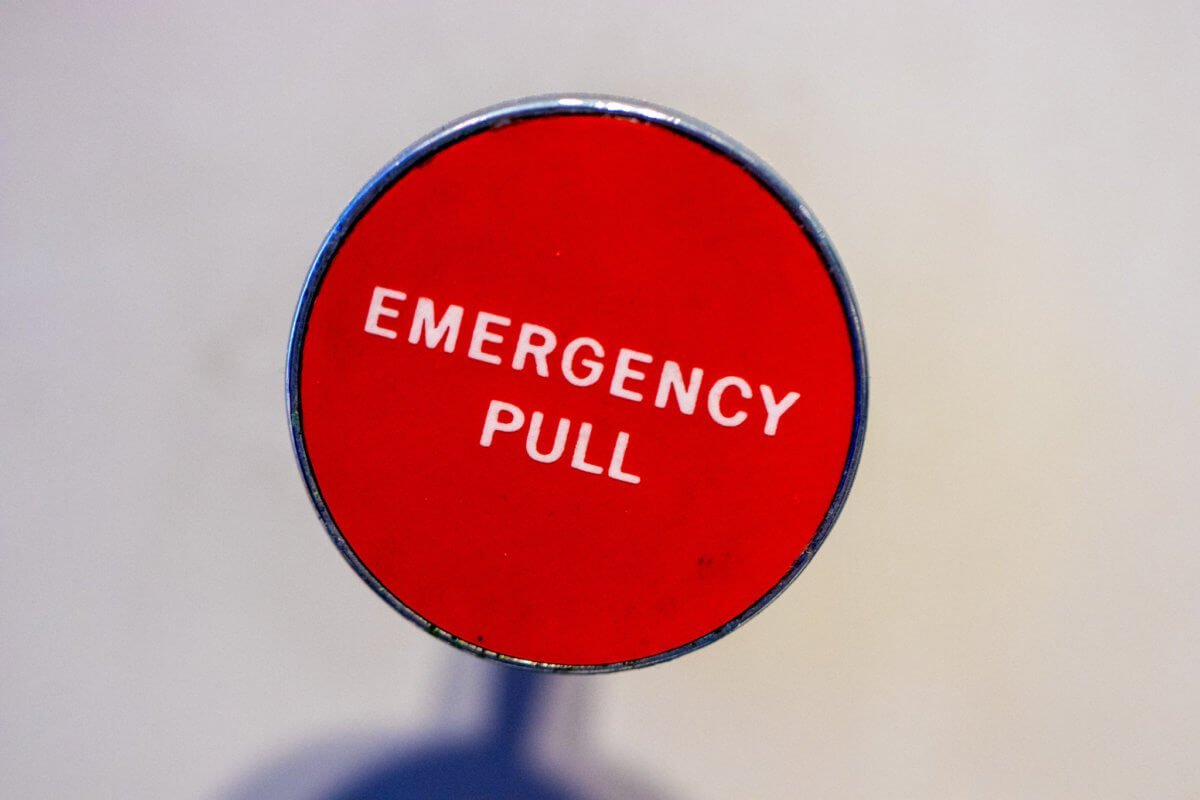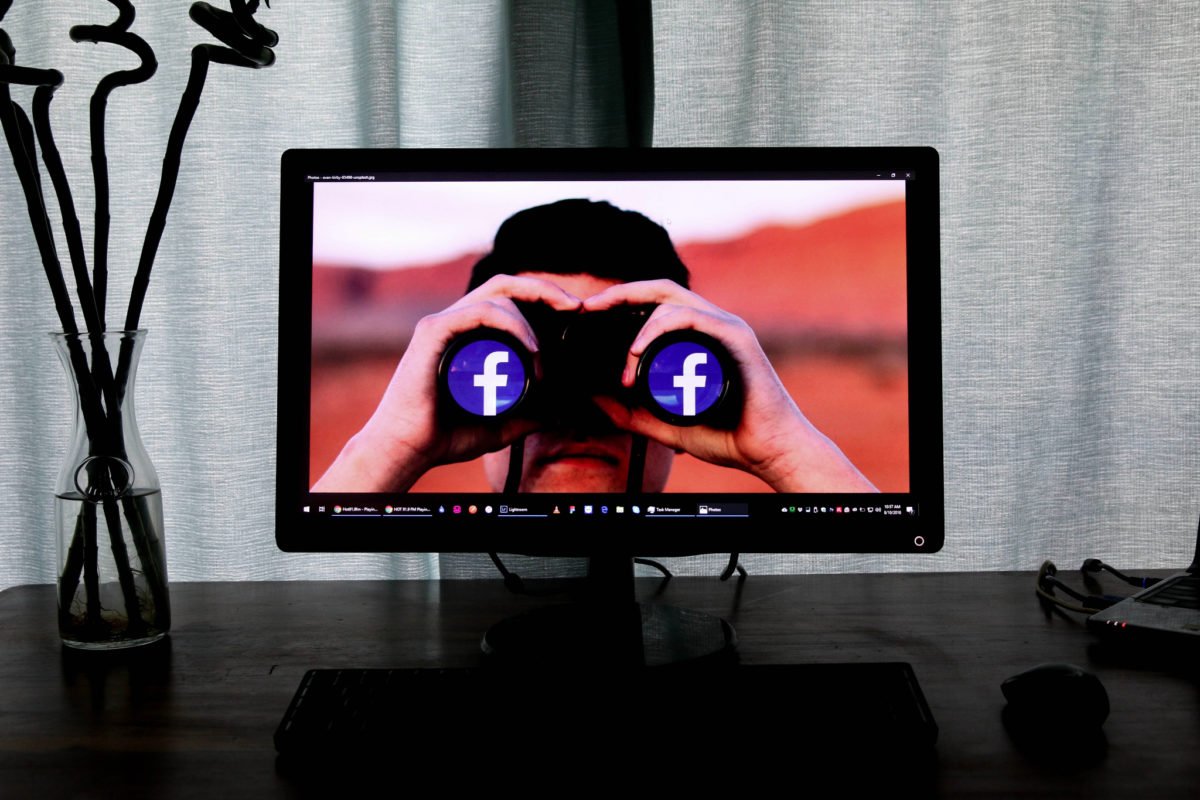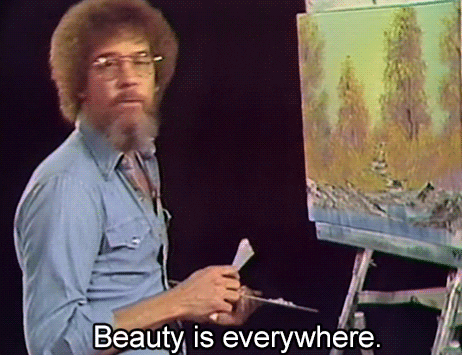These are the predictive trends for PR in 2019. Now that we’re over two thirds through the year, let’s see how accurate these predictions have been.
From an article written December 12, 2018 in PR Forward by Jenn Deering Davis:
4 Trends Changing the Future of Digital PR in 2019
Clearly, a lot is changing to bring us into this brave new world of truly digital PR. Here are the PR trends are we particularly excited about for 2019:
More and More Measurement
As our work becomes increasingly digital, we’re able to measure every step of the communications process, from output to outcomes. Using real-time data, along with the insights pulled from that data, we can understand precisely how our messages are received and by whom, so we can adjust our message and optimize its impact. We have access to comprehensive online, print, broadcast and social media monitoring and analysis. We have intelligent media contacts databases and tools to manage relationships and outreach. We have real-time alerts and notifications that tell us the moment something happens.
All that technology means we can create smarter, more targeted pitches that have a better chance of getting picked up. It also means PR and comms teams can now prove their impact through data, right alongside the marketing team. We can track views, engagement, clicks, downloads, you name it. We have the ability to know how much traffic a particular piece of earned media drives to our website. We know more about the demographic characteristics of an audience than ever before.
All this data can be overwhelming. In fact, it can be downright distracting. But, when harnessed appropriately, we can focus in on a few specific KPIs to measure the true impact of our team’s PR efforts and how they relate to an organization’s business goals.
TRUE. Increased measurement is reality in 2019 and has become a vital tool in the PR professional’s arsenal.
Integration With Marketing and Beyond
In 2019, public relations will be seen as the powerful partner to marketing that it is. As organizations turn to a more integrated communications strategy, comms and PR pros have a unique opportunity to take a bigger seat at an organization’s leadership table. There are a number of ways to integrate with and amplify our results through the rest of the marketing team, from social media and content marketing, to lead generation and paid media.
This includes building a closer relationship with our company’s social and paid media teams by sharing the most interesting or most relevant earned media coverage, so they can post it across owned and paid channels. This provides those teams with additional credible content and further amplifies the earned media pieces to increase future brand recognition with a wider audience.
Another way PR ties back to broader marketing efforts is through SEO and organic site and search traffic. It’s essential that PR pros understand how SEO works and what they can do to contribute to backlinks and other SEO-friendly tactics to support the marketing team. Earned media can boost credibility with search engines as well as the human audiences who read those articles.
We can also use all these earned media insights to inform future content creation across our organizations, from blog and social posts, to ebooks, landing pages, webinars and more. Use earned media to learn what resonates with a target audience, so the entire marketing team can do more of what works (and less of what doesn’t).
TRUE. Social media teams, once independent, have been absorbed into the public relations team. PR is ultimately responsible for ALL communication between an organization and its publics. PR and social media must speak with one strategic voice and one message.
Focus on Flexibility and Experimentation
We learned a lot of tough PR lessons in 2018, many of them related to how we use social media. Most of this centered around what turned into a pretty bad year for Facebook. There were numerous data breaches and privacy issues, constantly changing algorithms, data APIs that disappeared overnight, even widespread reports of inaccurate ad metrics. For those of us in PR and marketing, we found ourselves struggling to keep up and sometimes having to totally rethink our plans on just a few hours’ notice.
The impact this has on our strategy moving forward is that we can’t rely on a particular distribution channel or campaign working the way it did last month, and we need to always be ready to change. That means we have to be flexible, read everything we can to stay up-to-date on the latest changes, and learn how to appropriately test out new ideas. We can’t put all our eggs in a single platform’s basket, so we need to diversify and adapt.
TRUE. Facebook’s challenges in 2018 will be magnified in 2019 and 2020 by artificial intelligence. In a September 5th article in the MIT Technology Review, Will Knight discussed Facebook’s fear AI-generated “deepfake” videos could be the next big source of viral misinformation with potentially catastrophic consequences for individuals and organizations.
Evolution of Influencer Marketing and Influencer Relationship Management
The job of the PR professional has always relied on good old-fashioned relationship building, which takes a great deal of time. PR pros know how important is it to establish a relationship with a journalist before sending a pitch.
This year, interest in influencer marketing hit a fever pitch. We heard about influencers everywhere. Even the word “influencer” itself has lost a lot of its original meaning; “influencer” has become synonymous with “celebrity.” But when we talk about influencer relationship management, we’re really talking about a concept that is much broader and more sophisticated.
In 2019, PR and comms teams will develop more a nuanced understanding of influencer relationship management:
-At one end of the influencer spectrum, we have journalists— experts in an industry, with a large and engaged audience eager to hear about a topic.
-Other media, social and micro-influencers comprise the rest of the continuum— experts in a particular topic, with an engaged and relevant audience.
This even extends to B2B brands.
More and more of these IRM programs will live with PR and comms teams as organizations come to realize that influencer marketing is a lot more than just throwing money at celebrities for product placements; it’s a strategic process of extending the reach of your message to the audiences you care about through earned, paid and social media.2019 will be a year of change and opportunity, and it’s a year that communicators are equipped to face. We can’t wait to see what the next 12 months bring to the quickly evolving world of digital PR.
TRUE. Product placement and celebrity endorsement are becoming less important than social and micro-influencers as evidenced by brands canceling sports celebrity’s endorsements contracts overnight because of the athlete’s bad behavior. Brands made huge investments which turned to dust in a heartbeat.
What’s Next for Digital PR in 2020?
Subscribe to our blog to stay updated! We will surely be writing about exciting new trends as we enter another year.











